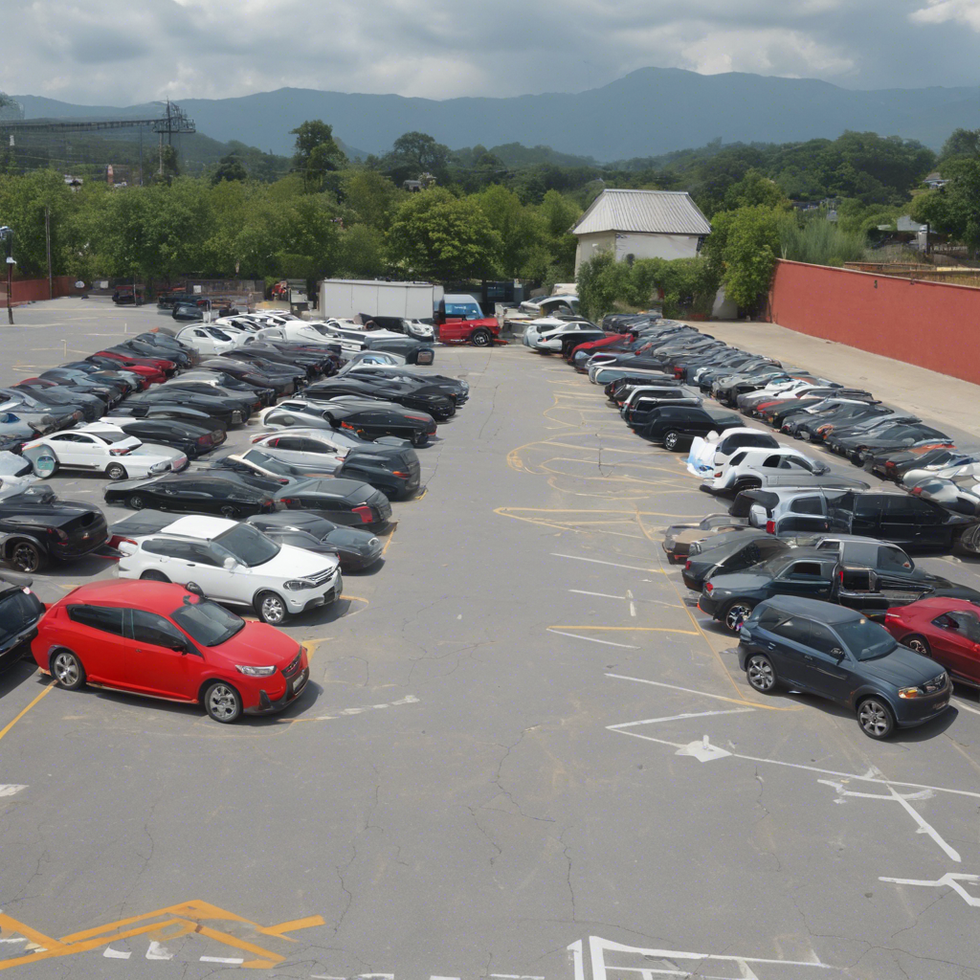Fair and Lovely is a popularized skin lightening cream in South Asia. It's stored in every shelf of every Indian store I've visited in the US. The white bottle will glisten between the market shelves trying to enrapture its next victim. While shopping, I would often compare myself to the models on the product, who were positioned from lightest to darkest. The lightest-skinned model would be the focal point of the image and shown as happy while the darkest-skinned model was shown as depressed.
Every commercial on Indian TV shows would depict a Bollywood superstar advertising the product. Who could resist not buying a product when the 'King of Bollywood' himself is speaking in favor for it? The ads would portray dark skin as being dirty and needing of being "cleansed". They showed the darker woman looking at herself in disgust and regret. Regret that she was born with darker skin. The magical bottle would suddenly appear and beautify them, and the woman would appear joyful and proud of her new lighter skin.
As a child, I was told to stay out of the sun to preserve my skin. I thought this advice came from a place of concern about skin cancer but in reality, it was so I would not get darker. As I grew up, I made friends who had darker complexions than I. At every social gathering, our skin tones were compared and the darker girls were given back-handed compliments such as "Oh you're so pretty, if only you were a bit fairer." Hearing these statements stroked me as harsh but I never spoke against them. In the innocence of youth, I didn't realize the impact these demeaning sentiments had.
The problem boiled down to Colorism. It has been deeply ingrained into South Asian societies. It's the belief that having fairer skin shows higher status and something to attain, while darker skin is to be shunned and shown to be a "curse" for those that were born with it.
But where did this ideology stem? In pre-colonial times, the wealthy spent more time indoors, wasting their time inside their mansions. The poorer populations, however, had to tend to the fields and spent many hours in the blazing sun resulting in a much more tan skin color. The distinction between class eventually led to the thinking that fairer meant being more wealthy while being dark meant being poor. This twisted ideology has been entrenched into the South Asian community for centuries and doesn't seem like it will stop.
Recently, there's been campaigns seeking to eradicate the concept of colorism and bring inclusiveness into the brown community. Indian fashion designer, Sabyasachi Mukherjee, quickly became viral for having dark skinned Indian models display her fashion collection. Even more recently, students from University of Texas at Austin created a campaign to fight against colorism. The campaign called "Unfair and Lovely" showed that it fought against the famous skin-lightening cream Fair and Lovely. The campaign organizers asked dark-skinned South Asians to post their photos online with the caption to spread the message.
As the South Asian diaspora become more inclusive and welcoming of others, it isn't to say that colorism hasn't been eradicated. Families living in the states and abroad both carry the stigma against dark skin. However, we can hope to see a change in this thinking in the coming generations. Our daughters and sons should not be ashamed of the skin that they were born in. They're worth shouldn't be deemed on the amount of melanin present in their skin. It's perfectly okay to be Unfair and Lovely.






 StableDiffusion
StableDiffusion Photo by
Photo by  Photo by
Photo by 
 full parking
StableDiffusion
full parking
StableDiffusion









